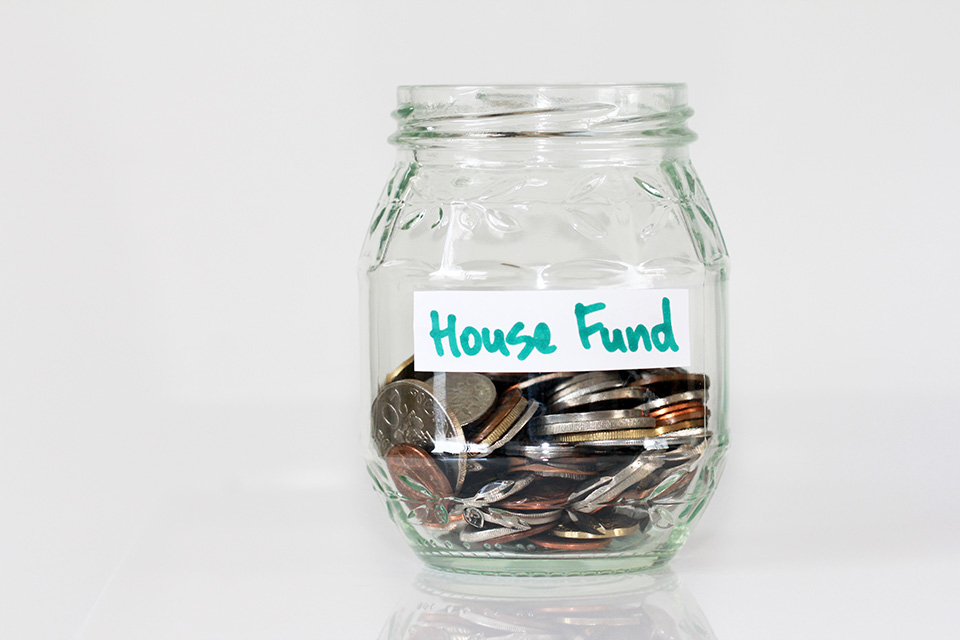Caroline Dewilde & Lindsay B. Flynn
Journal of European Social Policy
December 2021, https://doi.org/10.1177/09589287211040443
How has housing wealth inequality changed for young-adult households in the post-financial crisis period, and what is driving such change? We chart a path for subsequent studies by analysing the previously unexamined post-crisis housing wealth profile of young adults via different angles and using multiple inequality measures. Using household micro-data for 11 European countries (Household Finance and Consumption Survey, 2010–2017) and the United States (Survey of Consumer Finances, 2010–2016), we find that the accumulation of housing assets for 22–44 year olds is unevenly concentrated among high-income homeowners, over and above what would be expected given the well-known decline in homeownership. We describe and assess several potential drivers for these wealth profile changes, finding that the current explanations offered in the literature do not adequately account for the unequal wealth profile of young people. We conclude that a mix of dynamics, including housing market volatility, housing market configurations leading to uneven capital gains and losses, and the increased social selectivity of homeownership intersect to shape the ways that young adults navigate the housing market in post-crisis times.
Photo credit: Sandy Millar on Unsplash









